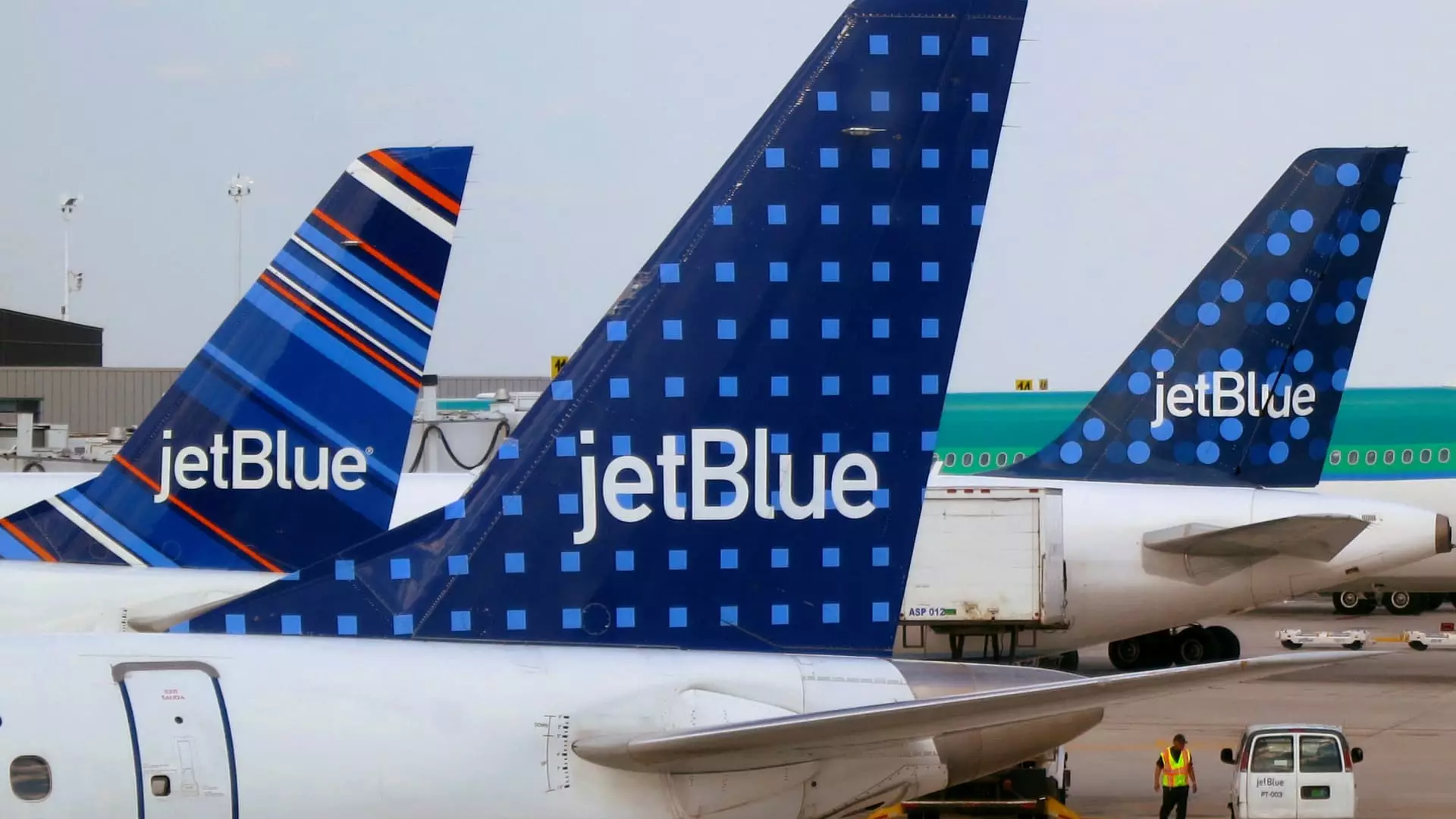In a landmark decision, the Department of Transportation (DOT) has imposed a $2 million fine on JetBlue Airways due to persistently delayed flights, marking the first time such a penalty has been levied against an airline for chronic delays. This unprecedented action highlights the increasing scrutiny of airline performance by regulators and suggests an urgent need for the airline industry to reevaluate its operational practices. The detailed analysis by the DOT identified four specific routes operated by JetBlue that experienced systematic delays, exacerbating the frustrations of travelers.
From June 2022 to November 2023, flights on these routes were delayed on at least 145 occasions, with significant congestion affecting popular travel corridors, including the bustling route from John F. Kennedy International Airport (JFK) to Raleigh-Durham International Airport, as well as multiple Florida routes. Such delays are not merely isolated incidents; they represent a chronic issue that disrupts the travel plans of countless passengers, revealing a critical failure in operational execution.
The DOT defines a flight as “chronically delayed” if it operates at least ten times per month while arriving more than 30 minutes late over half the time. Under this definition, it is apparent that JetBlue’s operational shortcomings are significant. With more than 70% of the disruptions lumped onto the routes being attributed to JetBlue, a spotlight is cast on how airlines manage and schedule their flights.
Transportation Secretary Pete Buttigieg’s statement emphasizes the need for accountability across the airline industry, suggesting that complacency in flight scheduling can no longer be tolerated. The DOT’s stance serves as either a wake-up call for JetBlue or a precursor to more extensive regulatory actions against other airlines that might engage in similar practices.
In reaction to the fine, JetBlue has voiced its concern over external factors affecting its operations, specifically the need for improved air traffic control staffing and technological modernization. The airline’s leadership argues that issues such as chronic delays are often compounded not just by the operational decisions made at the airline level but also by systemic inefficiencies present within the national air traffic control framework.
For instance, the competitive landscape of U.S. air travel further complicates the situation. JetBlue is not alone; other major carriers like Delta and United have echoed similar sentiments, calling for governmental reforms to address not only staffing shortages but also the modernization of outdated air traffic control systems. The ability of an airline to maintain punctuality is often influenced by these broader operational challenges, which paint a complex picture of the aviation industry’s functioning.
Interestingly, while JetBlue has faced intense scrutiny, its on-time arrival performance has improved from 64.9% in the previous year to 71.3% in recent assessments. This data underscores the airline’s potential for improvement, yet it also raises questions regarding the efficacy of the measures taken to address the chronic delays on the problematic routes.
The DOT also mentions a plan to credit JetBlue $1 million of the fine as a goodwill gesture for compensating affected passengers. This action reflects an understanding that the passengers bear the brunt of the delays, and their grievances deserve immediate recognition. Such credit mechanisms might, however, serve to merely placate customer frustrations without necessitating substantial changes in operational procedures.
As JetBlue and other airlines navigate the consequences of the DOT’s recent actions, the industry is likely to face heightened scrutiny. The regulatory environment may become stricter, compelling airlines to adopt more realistic and achievable scheduling practices that align with operational capabilities. The challenge lies not just in meeting current regulatory requirements but in anticipating future changes that will shape the airline industry’s landscape.
The fallout from this incident can serve as a catalyst for industry-wide reforms that prioritize passenger experience and operational accountability. As technology and infrastructure continue to evolve, it is vital for airlines to adapt in order to meet the formidable challenges of air travel in one of the world’s most congested airspaces. With the travel season ever-approaching, the focus on timeliness and customer satisfaction may ultimately dictate the competitive edge in the aviation market.

